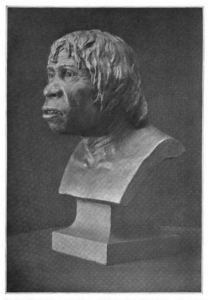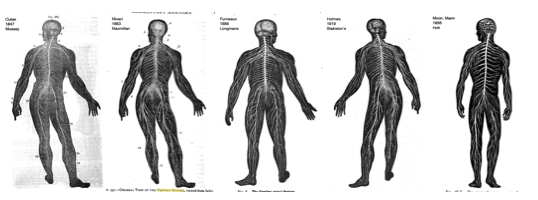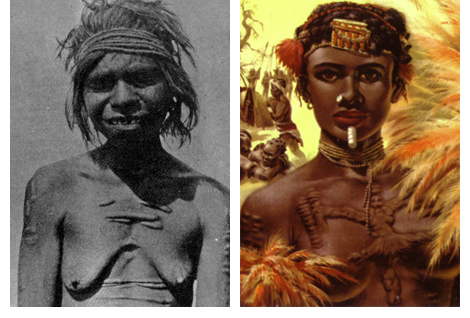May 15, 2022

Textbook History started as a journal of social history as filtered through twentieth century American biology textbooks. Inspired by the work of Jim Endersby, John Rudolph, Donna J. Drucker, and Ronald L. Numbers, among other notable historians, it has evolved into an exploration of the intersection of popular history, popular science and popular culture since the industrial revolution.
It can get a little weedy. So, I thought I’d provide a short sampler of the more approachable stories found here.
Students of popular culture (with a dash of academic cred) are invited to dig into the Piltdown hoax, the masturbation panic of the nineteenth century, eugenic pornography, the racist origins of Alfred E. Neuman, and everyone’s favorite, girl Nazis with whips.
The (even) geekier stuff can wait.

 Piltdown man’s dramatic entry into textbooks starting in the mid-1930s was a reactionary effort by Henry Fairfield Osborn to infiltrate the debate on human origins and freeze in place his favored ideas of human evolution and the necessity of eugenic management.
Piltdown man’s dramatic entry into textbooks starting in the mid-1930s was a reactionary effort by Henry Fairfield Osborn to infiltrate the debate on human origins and freeze in place his favored ideas of human evolution and the necessity of eugenic management.


jpq8j6
75jwzt
4ctx05
6yyzh4
Diverse film genres find a home in Conti’s thoughtfully curated portfolio.
bj2zm3
uip2jy
bm0z29
7nm5vz
7efcj3
k2wodb
qx3ofv
xacewb
3q7isp